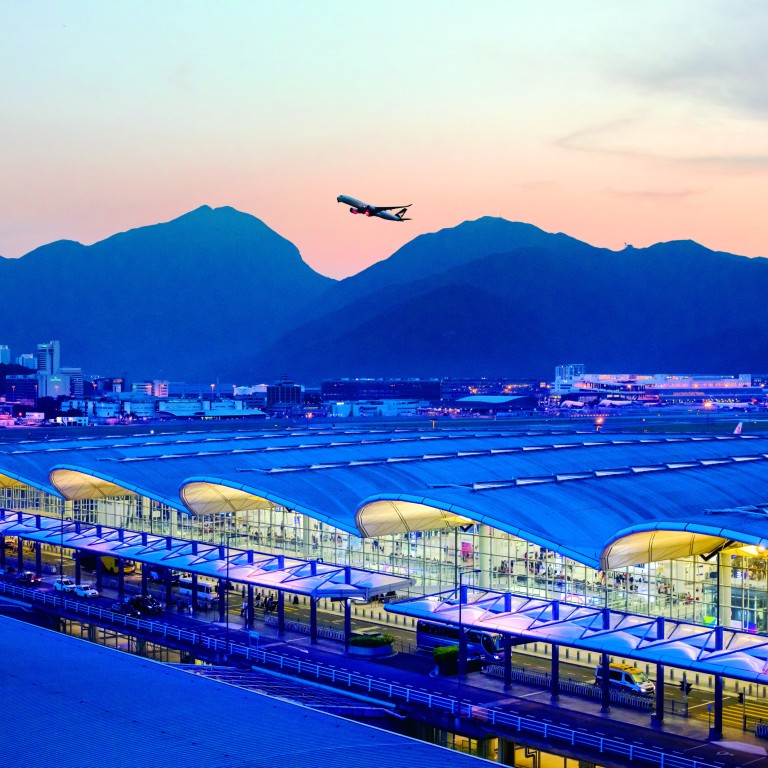
How Hong Kong’s most influential architecture and design has changed lives celebrated in HKSAR 25th anniversary exhibition
- ‘25 Years of Design’ celebrates the great strides forwards made in Hong Kong architecture and design, such as the airport at Chek Lap Kok and Central Market
- Curator Winnie Yue says it will also remind visitors how tough life used to be, and how the city has overcome the challenges it has faced
When Winnie Yue talks to her daughters about what life was like in Hong Kong when she was growing up, such as when people stored buckets of water at home in case of interrupted supply, they find it hard to relate.
So much has changed in the space of a generation that Yue, founder of the Designworks Foundation, a non-profit that advocates for design and cultural matters for the Hong Kong community, jumped at the opportunity to curate “25 Years of Design”, an upcoming exhibition of Hong Kong’s most influential architectural and design achievements.
Not just a retrospective of the last 25 years, the exhibition both goes further back in history and looks forward.
Yue attempts to chronicle the “great strides forward” by giving the public “a feel for the whole of Hong Kong, and what’s been important in improving the lives of the people”.
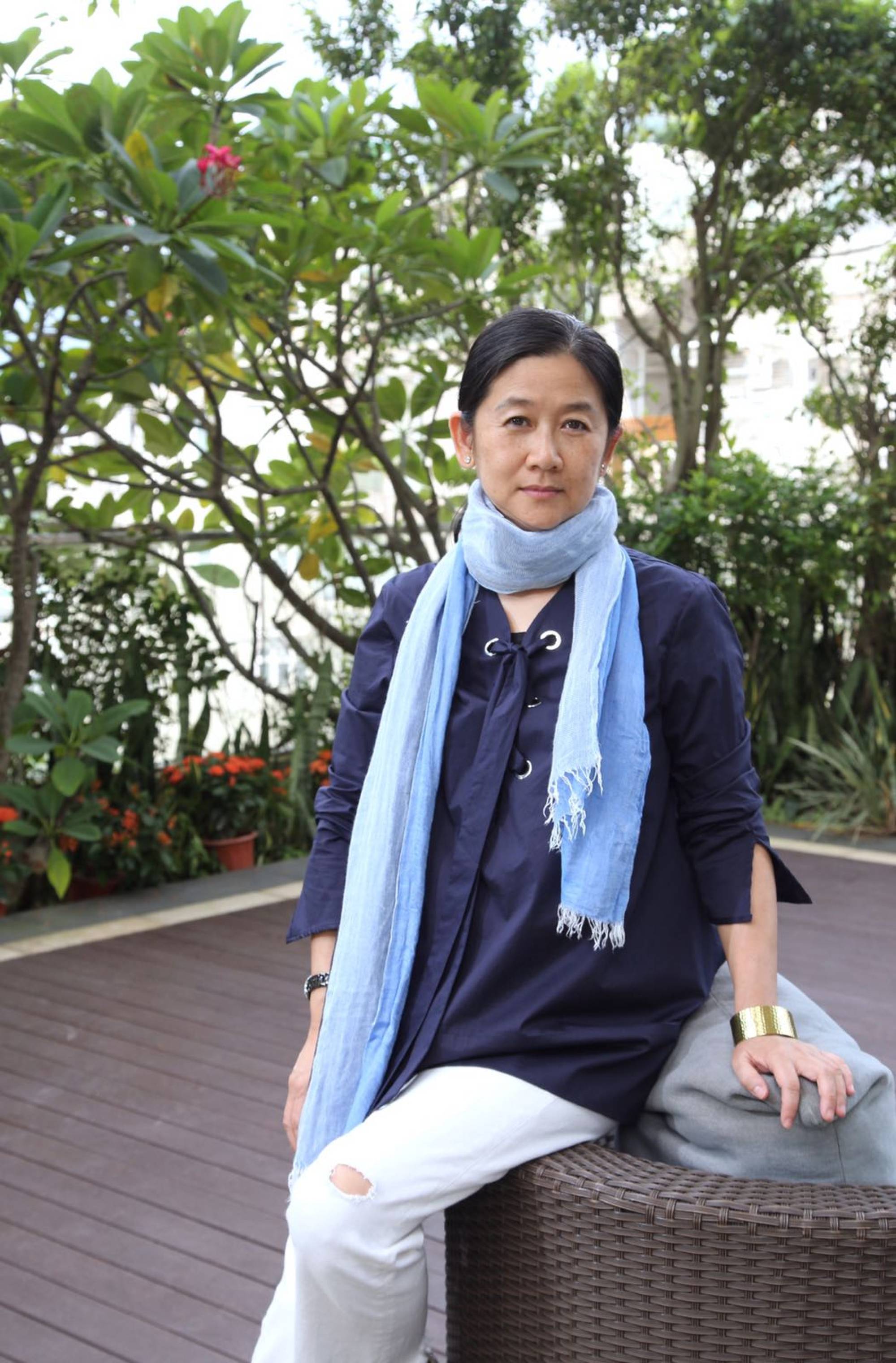
That ranges from the development of the new airport at Chek Lap Kok and a welcome focus on heritage preservation, to the creation of substantial community sports and leisure facilities, and the realisation of a long-held vision to establish a world-class arts and cultural precinct.
Water has been integral. The exhibition includes a visual replica of the ex-Sham Shui Po service reservoir at Bishop Hill, a century-old subterranean structure only rediscovered in 2020, and now a Grade 1 historic building.
Courtesy of full-scale images, 3D modelling and virtual reality, visitors can walk beneath the reservoir’s towering Romanesque arches, remarkably preserved after decades of abandonment – “great for people to take selfies”, Yue says.
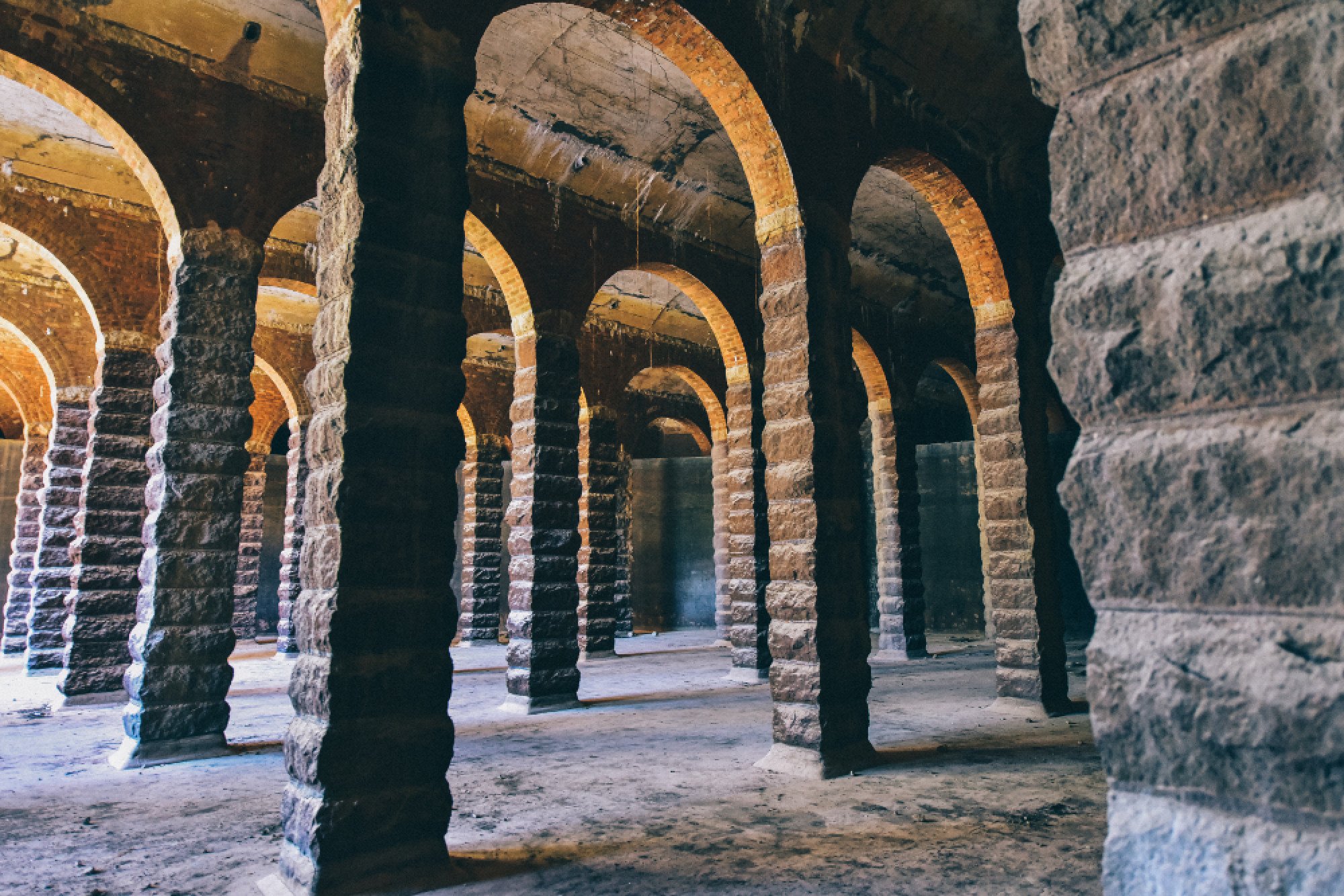
This part of the exhibition is in the Design Gallery, where major projects showcased include Hong Kong International Airport, the Central Market, Kai Tak Sports Park, and a whole section devoted to the West Kowloon Cultural District (WKCD).
For many, this last section may provide a first look at WKCD’s latest addition, the Hong Kong Palace Museum, which opened in July.
Inspired by the Palace Museum in Beijing, the Hong Kong Palace Museum is clad in thousands of golden aluminium panels of different shapes, patterns and curvatures.
Designed as a distinctive treasure house for Chinese art, the seven-storey building displays one of the world’s most impressive collections of Chinese ceramics and artworks.

Elsewhere at the exhibition, in Kaleidoscope, a room lined with large LED screens, visitors can watch videos of Hong Kong’s functional water reservoirs, set in verdant country parks, along with daytime and nighttime depictions of some of the city’s iconic landscapes.
Yue says the exhibition doesn’t gloss over the challenges Hong Kong has faced.
“There have been setbacks – which country doesn’t have them?” she says, giving the example of the loss of so many early colonial buildings before their heritage value was recognised.
Yue, wishing to “focus on the positives”, displays the success story of the Tai O Heritage Hotel, revitalised from the old Tai O police station built in 1902, and the restoration of a grand Edwardian mansion in Mid-Levels as the Dr Sun Yat-sen Museum.

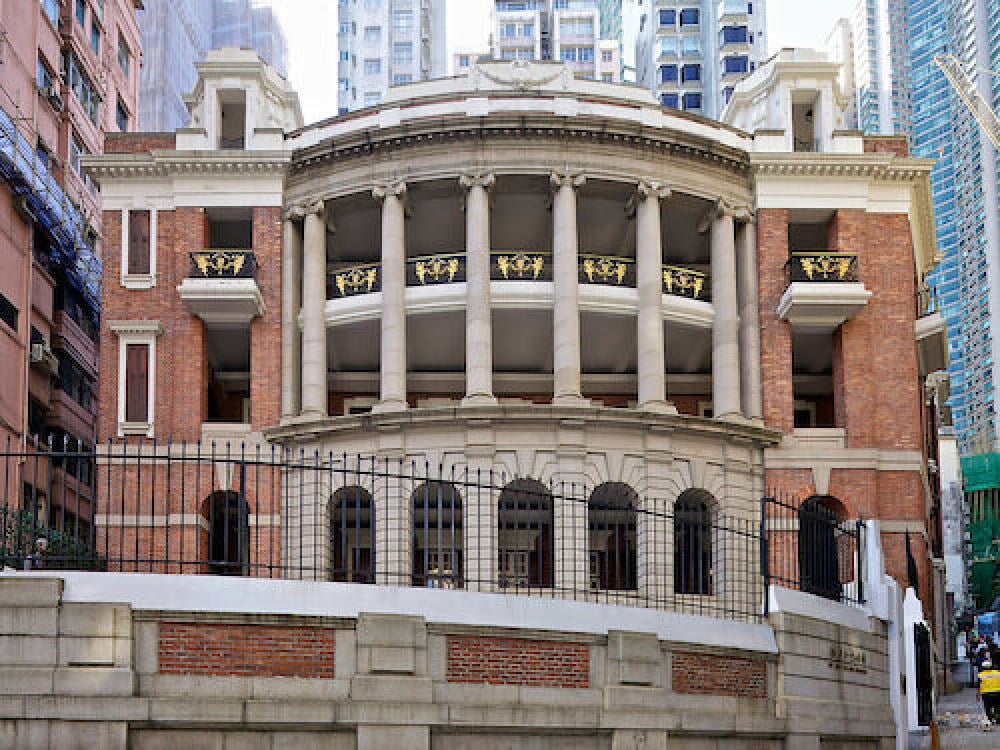
The exhibition also seeks to spark conversation about Hong Kong’s housing problems – and explore potential solutions.
“I want to use this exhibition to share with the government what options may be relevant for them,” Yue says. For this, Yue approached architect Frank Leung to come up with a design prototype.
Leung, founder and principal of studio Via, adopts what he describes as “an imaginary, fantastical approach to what can we do with [shipping] containers, and how people can live really quite well in them”.
Containers, he explains, have many advantages for human habitation: they’re ready-made, lightweight, already structurally intact and may be upcycled.
In many countries, containers are used as a spare room in the garden, Leung added, “so we felt that with a bit of customisation, we could turn them into living spaces”.
The design he’s conceived for the exhibition consists of two containers side by side configured as a one-bedroom unit, with a living/dining area and pantry in one container, and a bedroom and bathroom in the other.
The total internal space amounts to about 315 square feet (30 square metres), with the potential to add more containers for larger families.
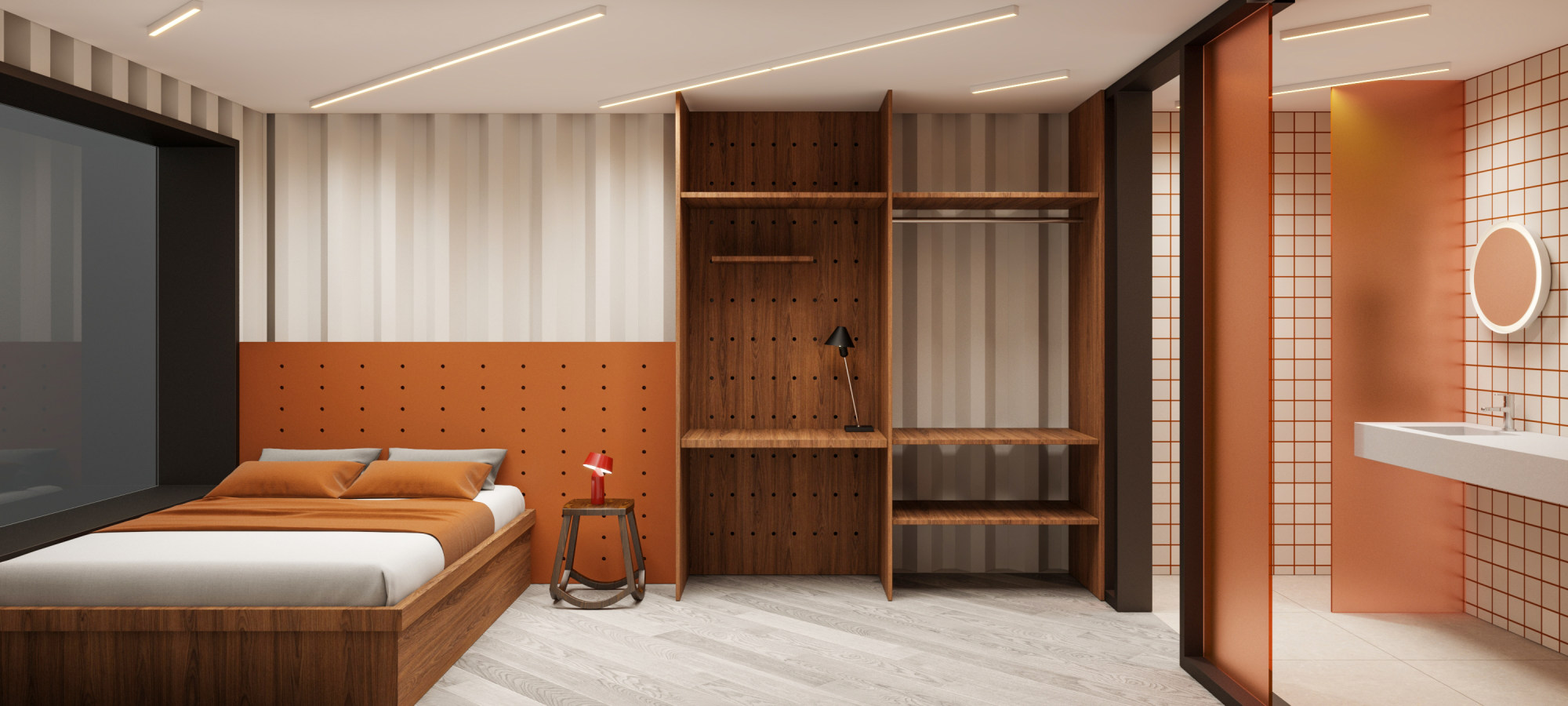
Beyond providing shelter, Leung’s display imagines towers of containers resembling a Chinese pagoda, clustered as individual units around communal social spaces.
With weekend kiosks and bazaars in mind, as well as large areas for festive gatherings and pocket spaces for people to hang out in, “we’re illustrating the possibilities of having a great lifestyle not only inside the container but as a community”.
While the container does lend itself to quick and cost-effective construction, Leung says the display is more “an intellectual exploration, rather than a solid answer to a pressing problem”.
“We want to bring the conversation to thinking about can we make this permanent and good, rather than temporary and disposable,” he says.
The actual unit will be transferred to the exhibition, so that people can walk through and feel what living there would be like.
It will be part of a display of creative MIC (Modular Integrated Construction) Installations, including relocatable transitional social housing.
I hope parents today will bring their children so they can look back and learn from the past
Yue also wanted to portray the “lion rock spirit”, the can-do attitude that defines Hong Kong.
Recalling the water-storage story she had told her daughters, and realising that the younger generation have “no idea how tough life used to be”, she decided to depict the old tenement squatter housing on Mount Davis.
3D models from various artists form an intriguing diorama of the years following World War II as refugees poured into Hong Kong from mainland China, bringing the labour that would help transform the city into a major manufacturing hub.
Used alongside black-and-white photos and even an old YouTube video in a “very realistic” representation, the display is to meant rekindle memories, Yue says.
“The living standard was tough, yet the communal sense was very strong. People knew their neighbours, and helped each other to take care of the kids,” she says.
“I hope parents today will bring their children so they can look back and learn from the past.”

Homage is also paid to the Central Market, one of Hong Kong’s oldest wet markets which, in its latest reincarnation, reopened in 2021 after lying dormant for almost 18 years.
“I love the Bauhaus architecture [courtesy of a 1937-38 rebuild],” says Yue, adding that, this time, she thinks “they got it right”, offering patrons “an authentic experience”.
“It does give me a sense of a marketplace – I do get that vibe. People can chit chat and buy things. The direction is right and I hope they can keep it up.”
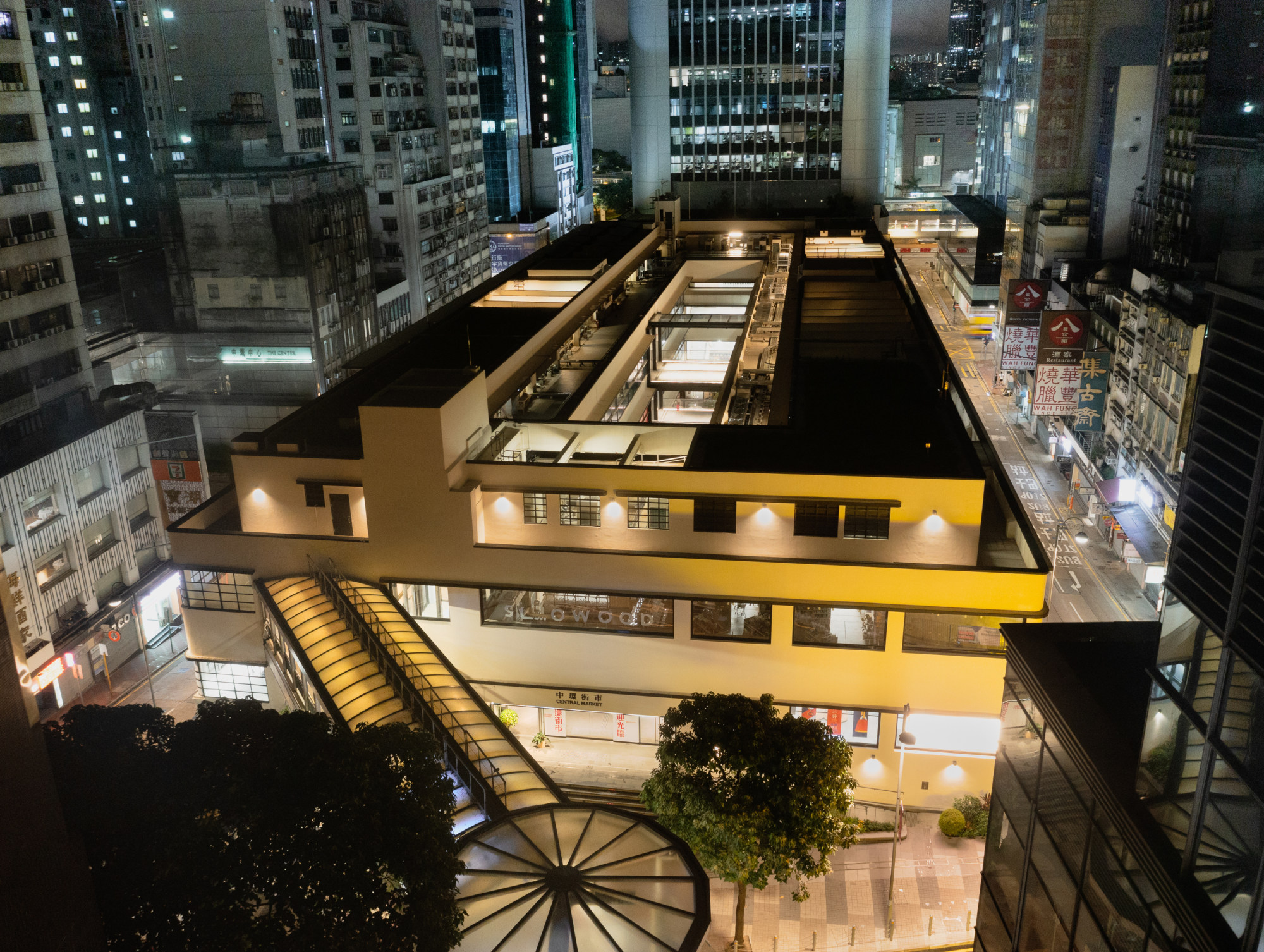
Benjamin Lam and Chan Kin-cheong, partners at Shadow Design, the architectural and design studio behind the Central Market project, will participate in a series master talks, explaining the journey of the market to date.
Other speakers in the bilingual Dialogue Speakers Series include:
-
Keith Griffiths, chairman of Aedas
-
Bryant Lu, vice-chairman, Ronald Lu and Partners
-
Michael Li, deputy director of the Architectural Services Department
-
Donald Choi, president of the Hong Kong Institute of Architects and the Hong Kong Institute of Urban Design
-
Elaine Ng, founder of The Fabrick Lab
-
Michael Young of Michael Young Studio
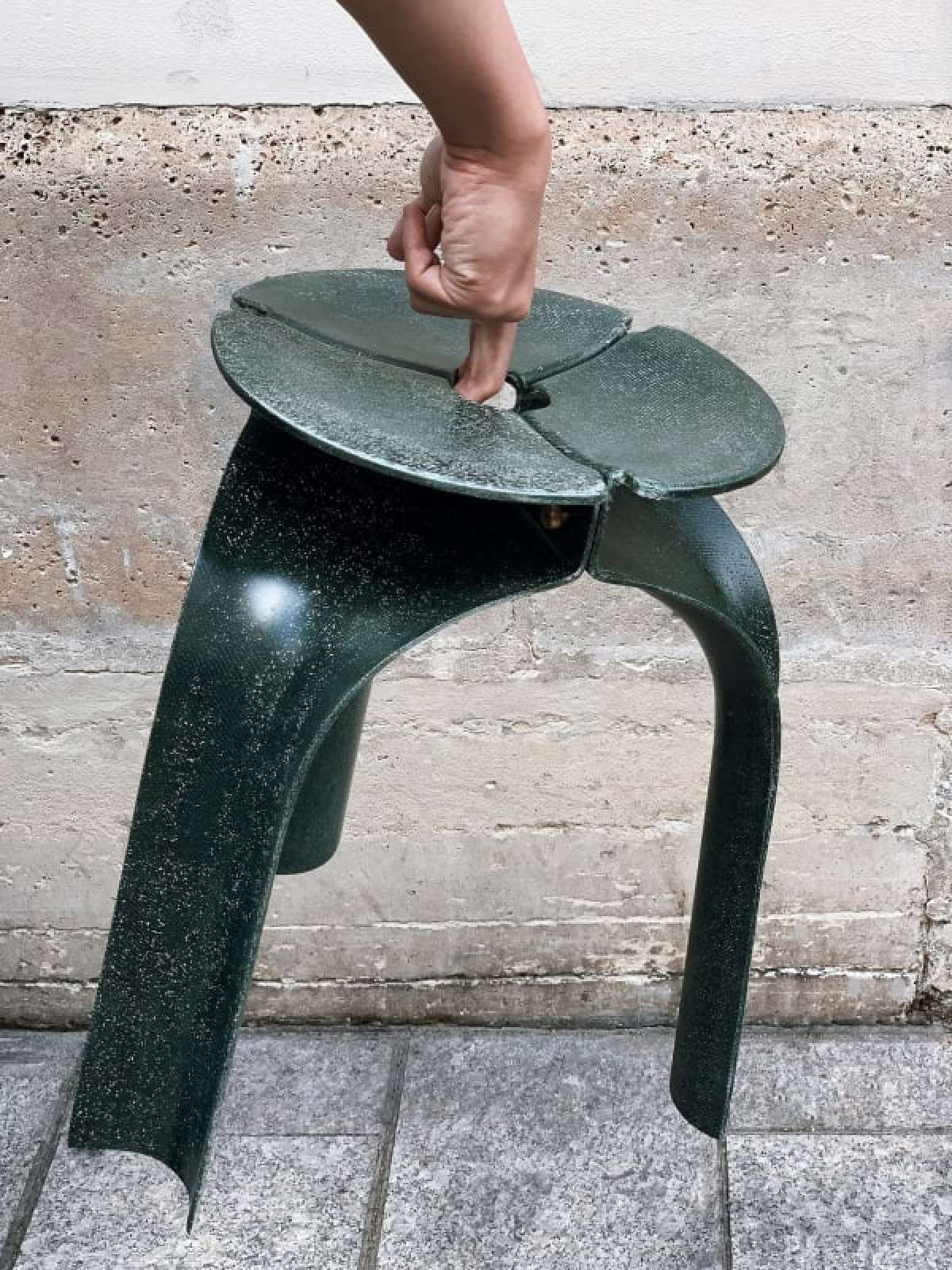
William Lim, founder and managing director of CL3 Architects, and honorary adviser for the exhibition, says such local creatives have been given “unprecedented opportunities to display their talents in Greater China and internationally” over the past 25 years.
Two international pavilions, from the UK and Italy, are included because of those countries’ influence on Hong Kong design.
Also covered will be Hong Kong’s historic and future links with mainland China, and its role in the development of the Greater Bay Area.
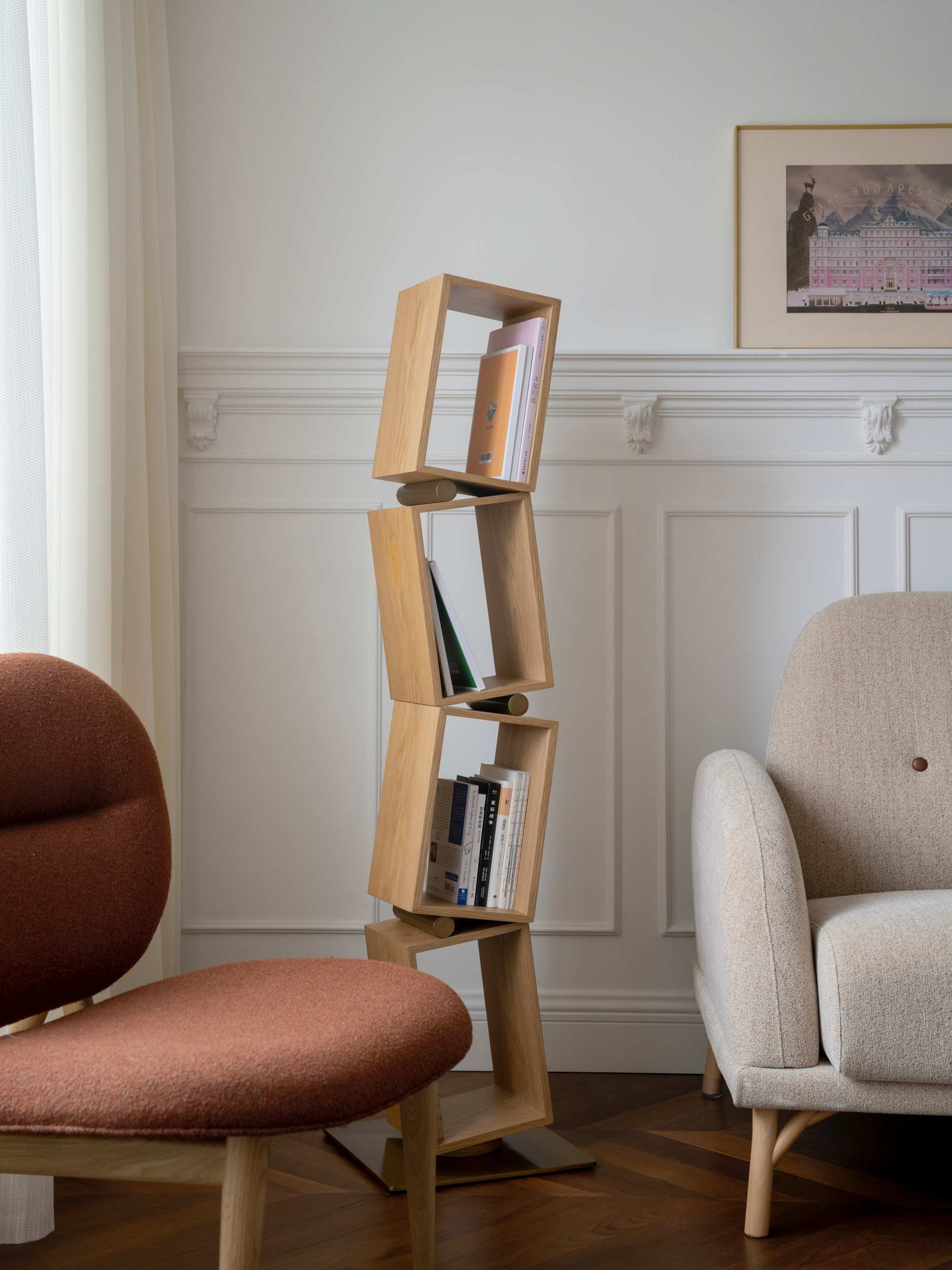
Yue says the exhibition aims to give the public a deeper understanding and appreciation of the influence of design in our everyday lives.
“Design is often overlooked,” she says. “People tend to take it for granted, but everything is by design – from a phone to a dress, a living unit, a car or our glasses.
“Good design is the product of a lot of effort, a lot of trial and error. I want to show how the process evolves.”
25 Years of Design is an official event of the 25th anniversary of the establishment of the Hong Kong Special Administrative Region. The free event will be presented to the public from August 31 – September 3, 2022 at Hall 1, Hong Kong Convention & Exhibition Centre.

